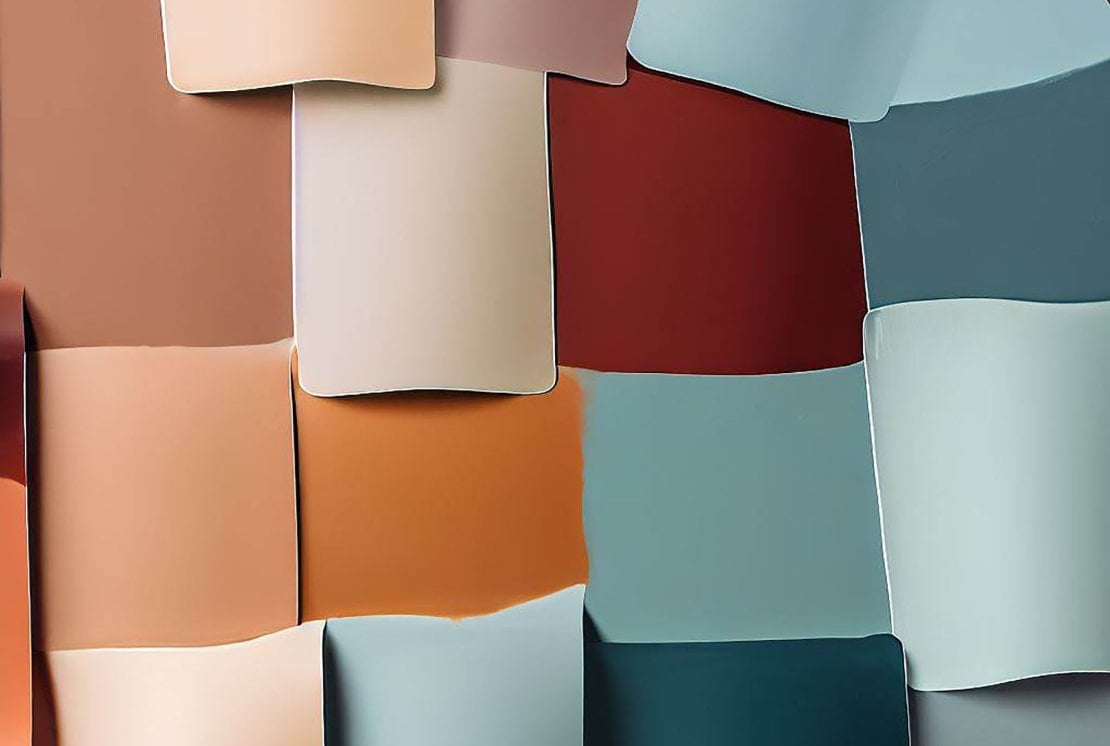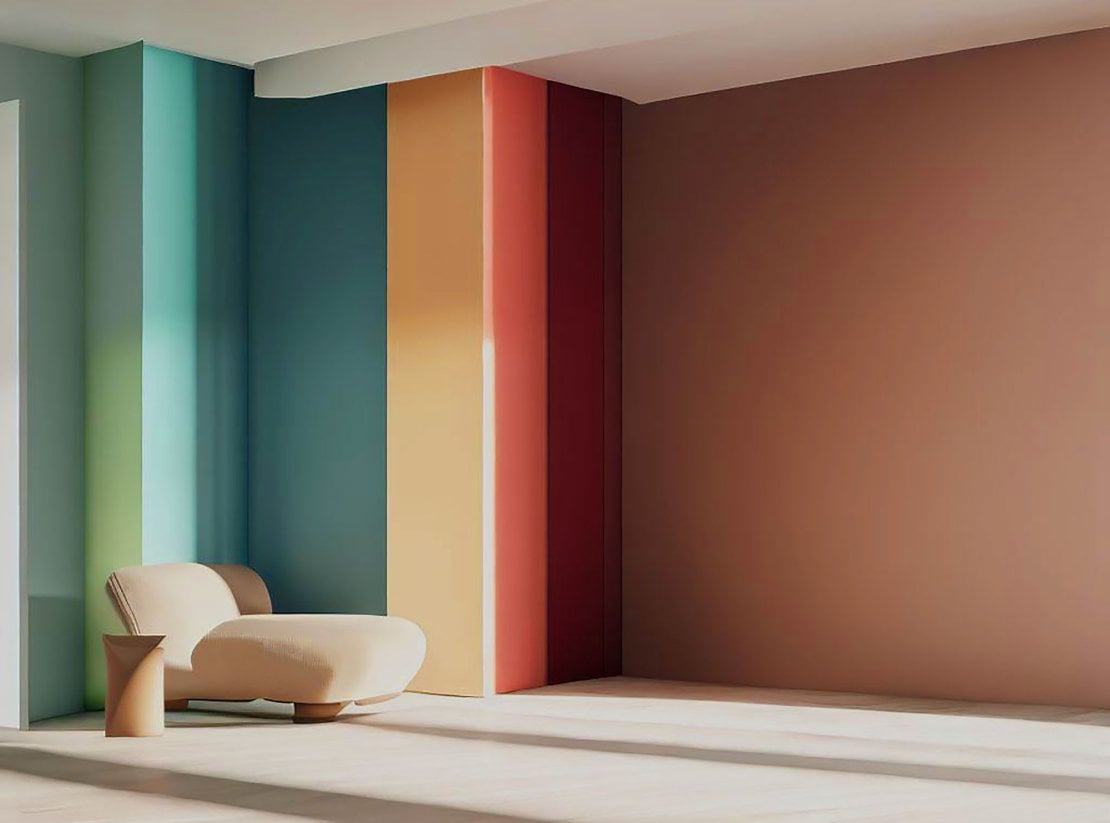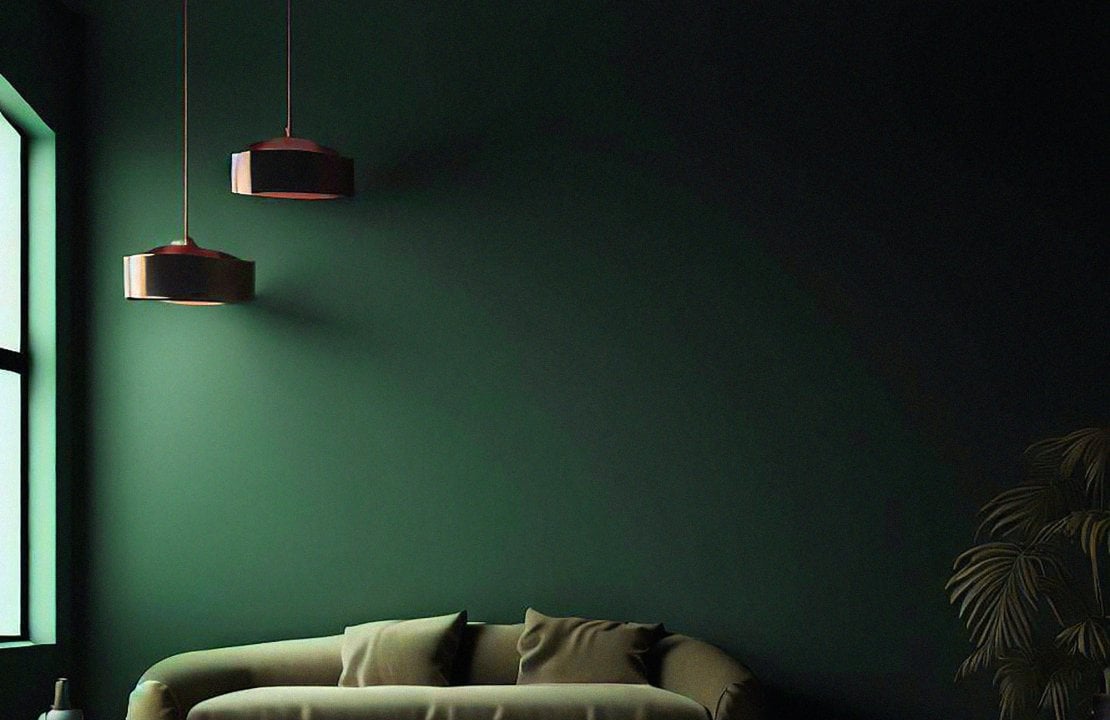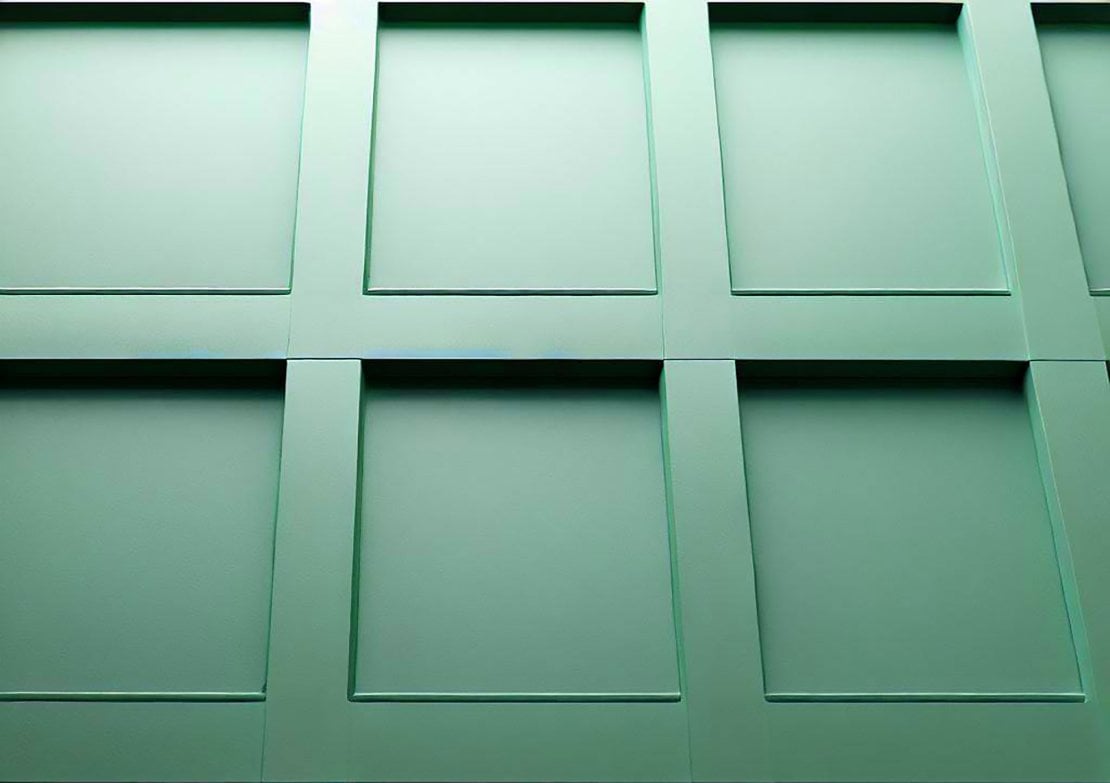While modern interior design often favours neutral and minimalistic colour palettes, there is a growing trend towards incorporating Victorian-era paint colours to add a touch of nostalgia and timeless beauty to contemporary spaces. Let's explore some popular Victorian-era paint colours and how they can be effectively used in modern interiors.
What colour paint did the Victorians use?
- The classic Victorian colour palette was dark and consisted of dark, rich, deep colours of maroon, red, burgundy, chestnut, dark green, brown, and blue. These colours were used to convey a sense of luxury and sophistication.
- To make your Victorian tones take centre stage, you can decide to go with a dark colour and pair it with contrasting elements such as white-painted woodwork, light fireplace tiles, and a light wood floor.
- You can pay homage to this feeling by using dark greens and blues, which are more likely to be to your taste than the deep chocolate browns used in many Victorian houses, which can sometimes give them a depressing feeling.

Learn the fundamentals
The Victorian period was characterised by dark colours, such as browns, maroons, deep reds, burgundy, chestnut, dark green, and blue. But if you think that this Victorian colour scheme could be too strong for a contemporary home, you can always combine it with colours that are milder.
If you want your version of the décor to have a more contemporary vibe, stick to the dark greens and blues or use a teal tint and accessorise with rich plum tones. Rather than using pastel tones, try using cream tones. Try colours like buttermilk, grey, and cream to opt for a more understated look. To achieve the look and feel of an actual bygone era, all it takes is the addition of one colour with a strong Victorian influence.

Use different colours
To achieve a genuine look, the furnishings and wall paint in a room should all be variations of the same colour. Above the dado rail, whether you use wallpaper or paint, you should choose a colour that is a few degrees lighter, and your woodwork should be lighter than that.
You could also try painting inexpensive kitchen cabinets in a colour that is a few shades darker than the colour of your kitchen walls to provide a new aesthetic while still adhering to the same standards.
To finish the look, spray-paint the cabinets before installing them (they'll require three or four coats), add brass handles, and wrap traditional dentil coving around the cabinet tops.
Victorian Paint Colours in more detail
- Burgundy was a favoured colour during the Victorian era, often associated with luxury and sophistication. It exudes warmth and creates a cozy ambiance. In modern interiors, deep burgundy can be used as an accent colour on a feature wall or in a study or library, adding depth and richness to the space.
- Royal blue was another prominent colour in Victorian design, representing richness and nobility. It was often used in grand halls and dining rooms.
- Emerald green was a popular colour in Victorian homes, symbolising nature and wealth. It was commonly used in wallpapers, curtains, and upholstery. In modern interiors, emerald green adds a touch of elegance and pairs well with brass or gold accents.
- Rich Gold was an essential colour in Victorian design, signifying luxury and grandeur. It was often seen in ornate details, mouldings, and gilded frames. It adds a sense of glamour and pairs beautifully with deep jewel tones or muted neutrals.
- Soft Pastels - while Victorian interiors were known for their bold and vibrant colours, lighter shades were also popular, especially in bedrooms and sitting areas. Colours like blush pink, pale lavender, and mint green were used to create a delicate and feminine atmosphere.
Which Victorian decor colours should I use for panelling?
If your period home does not have any original oak panelling, you can achieve a comparable look by installing imitation panelling made of MDF or pine, constructing cupboards or enclosed bookcases, and finishing off the look with period-style mouldings. For the best impact, paint the walls in a sombre dark grey, dark blue, or even an off-black colour.
When using Victorian-era paint colours in modern interiors, it's important to strike a balance between nostalgia and contemporary aesthetics. Incorporate these colours strategically as accent walls, furniture pieces, or accessories while keeping the overall colour scheme harmonious and cohesive.
Victorian-era paint colours offer a wealth of inspiration for modern interior design. These colours can add a sense of richness, elegance, and historical charm to contemporary spaces. By skillfully blending the old with the new, homeowners and designers can create unique interiors that pay homage to the past while embracing the present.



Be the first to add a comment...